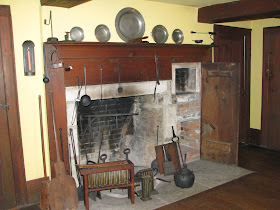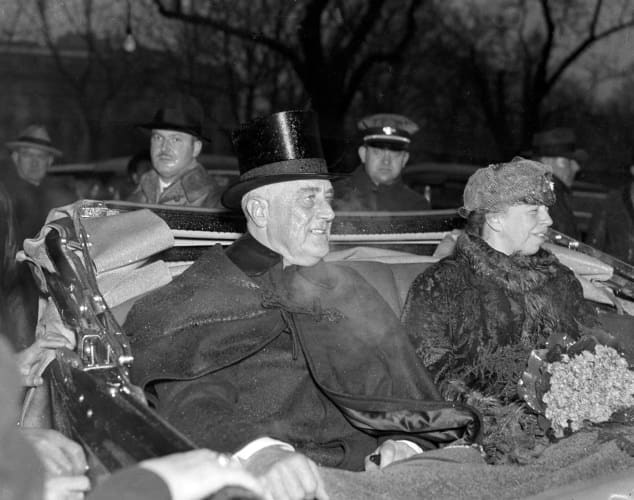News-o-Matic: A Daily for Kids' Fingertips
I'm a long-time news hound. I got my start in children's publishing writing news for kids. Like other nonfiction writers, I continually try to adapt my work to new audiences, new formats, and new markets. So I was psyched to find an app that brings news directly to kids via iTunes -- whether they're on their own or at the sides of their parents, teachers, and classmates.
I'm the newest contributing writer to News-o-Matic, a news app for children ages 7 to 11 available in pdf for classrooms and in the home via iPad and iPhone. I think it's pretty great, so I checked in with editor-in-chief Russell Kahn to find out more about it.
Q. How long has News-o-Matic been going?
A. We formed our company, Press4Kids, two years ago, and launched News-o-Matic in the App Store about a year ago. We launched our School Edition over the summer. And News-o-Matic 3.0, which allows users to read the editions on both the iPad and iPhone with one subscription, launched last week.
Q. Why did you create News-o-Matic?
A. My business partner Lillian Holtzclaw Stern, had the initial idea because her two children (then seven and nine) had nowhere to go to make sense of the news happening in the world. Maybe a generation ago it was possible to shelter your children from current events, but it's not possible with today's media saturation.
Q. Who is your audience?
A. We have now been downloaded more than 50,000 times in 120 countries. That doesn't include the 600-plus schools that use a PDF of our publication on a daily basis. (We want to be sure that schools without tablet technology still have access to our stories.)
Q. What kind of response do you get?
A. Kids feel like they have a newspaper just for them. Kids write comments and draw pictures every day; I usually get about 100 of each from them every day. Our readers are incredibly invested in our stories. They share their opinions and ask additional questions to show how much they care. You should see some of the drawings that we get; it's clear that they understand, for example, how an eclipse works or what the effects of climate change are.
As for educators, we've had teachers tell us that we're the reason they bought iPads for their classroom. Others have said that their students have begged to read News-o-Matic during breaks in the school day. It's opened up new avenues for discussion, and of course it's helped teachers meet the need to ensure that half their content covered in the class is nonfiction (as directed by the Common Core Standards.)
If you're a parent with an iPad, it can be difficult to know how to use the tablet as a valuable tool. The iPad can be much more than a game console. So we're trying to give parents an app that will get their kids READING (and actually enjoying it) without it being a forced assignment. Parents are grateful to know that their kids are being safe on our app and developing a reading habit.
Q. How do you decide what should be covered?
A. The two founders and I are French, Brazilian, and American. It's always been our mission to be international. We feel it's important to expose readers to the world beyond America's borders at a young age. Sometimes that means we deal with tough stories, such as Syria's civil war or the Taliban resurgence in Iraq. But we need to establish a glance in every edition. Our readers constantly request stories about animals, sports, and entertainment. In a given edition I would hope we'd cover at least one or two stories that will appeal to ANY young reader.
Q. I was interested to read the section about what to do if the news upsets you. This is a topic very dear to my heart.
A. We can't shield kids from scary events anymore. Kids hear about them, and without an appropriate place to learn what happened, they may get upset. We want them to understand that News-o-Matic will help explain the event in a way that makes sense. We don't want to be the ones to INTRODUCE scary news to a kid. You won't see us covering a car bomb in Baghdad. But if something happens that makes the front pages of the newspaper, if kids will hear about it in the schoolyard, we feel we have to cover it. We covered Newtown. We covered the Boston Marathon bombing. We had to!
Misinformation can be scarier than the truth. We have a child psychologist, Dr. Phyllis Ohr, on staff who helps us help young children understand tough current events in a safe and age-appropriate way. Together with her, we try to accentuate the positives and focus on the helpers. That said, we do know that some kids will be upset by the news. We worked with Dr. Ohr to develop a series of strategies to help children cope. But ultimately we hope that News-o-Matic serves as a tool to help kids understand why things happen (and how people try to help), making the world a less scary and more inspiring place to live.
Q. Tell me a little bit about your work load.
A. Oh, boy. First, it's really important to recognize that we're an original content creator, not just a repackager of the news. We've interviewed gold medal Olympic athletes, astronauts, and artists. We've talked to scientists and Iditarod mushers and kids who've discovered supernovas. We've gone into the street to cover events.
I read the news all day long, every day. As a daily newspaper, we need to be able to respond immediately to anything that's happening. We publish Monday through Friday, 52 weeks a year. At 261 editions a year, that's six more than USA Today! We considered not publishing during the holidays, but we want kids to become addicted to the habit of daily reading -- especially when they're out of school!
And of course we talk to kids to get their perspectives, such as with our Martin Luther King, Jr., article (posted yesterday). To be truly a kids' newspaper we need them to be a part of it. News-o-Matic aims to create a dialogue to get children writing, asking questions, and actively interacting with the news. And it's working. Kids feel like they have a newspaper just for them.





















.jpg)





